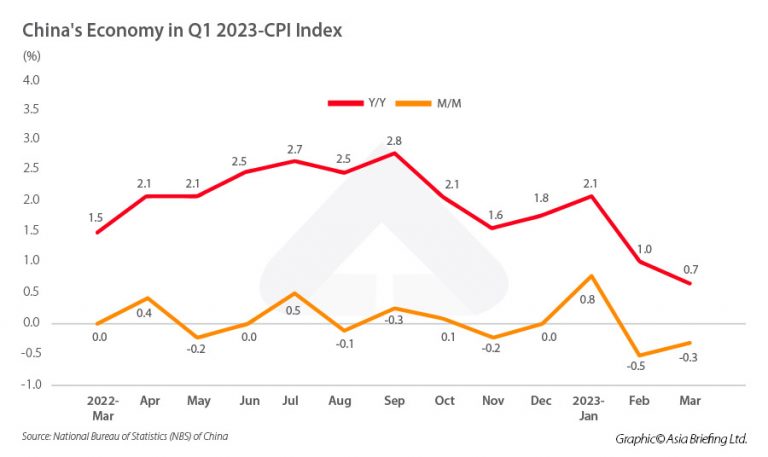US-China Competition: A Key Military Base In The Crosshairs

Table of Contents
Geopolitical Significance of Kadena Air Base
Strategic Location and Capabilities
Kadena Air Base enjoys an unparalleled strategic location in the western Pacific. Its proximity to potential flashpoints in the East and South China Seas makes it a cornerstone of US military power projection in the region. The base boasts a formidable array of military capabilities, including advanced fighter jets, refueling aircraft, and surveillance capabilities. It serves as a crucial hub for the US Air Force, playing a critical role in maintaining regional stability and deterring potential aggression.
- Kadena routinely conducts joint military exercises with allies, enhancing regional cooperation and defense capabilities.
- The base's strategic airpower allows for rapid response to regional crises and provides a crucial deterrent against potential adversaries.
- Its location facilitates close coordination with US Navy and Marine Corps assets operating in the Pacific, creating a powerful combined force.
The base's strategic military assets, including its advanced fighter squadrons and sophisticated radar systems, are vital for maintaining US influence and deterring aggression in a region marked by increasing geopolitical tensions.
China's Expanding Military Reach and its Implications
China's Military Modernization
China's military modernization is undeniable, a rapid advancement across all domains. Its naval expansion, encompassing aircraft carriers, destroyers, and submarines, significantly challenges US naval dominance in the Pacific. Simultaneously, its air force modernization, with advanced fighter jets and bombers, expands its reach and capabilities. The development of sophisticated weaponry, including hypersonic missiles, further exacerbates the challenges to regional stability.
China's Assertiveness in the Region
China's increasingly assertive actions in the East and South China Seas, including territorial disputes over islands and reefs, large-scale military exercises near Taiwan, and the use of maritime militia vessels, directly challenge the security environment surrounding Kadena. These actions, coupled with cyber warfare activities, increase the pressure on US military installations like Kadena.
- Chinese military aircraft routinely conduct flights near Taiwan, testing the limits of US and allied responses.
- China's expanding naval presence in the South China Sea directly impacts US freedom of navigation operations and increases the potential for conflict.
- Reports suggest increased Chinese intelligence gathering activities targeting US military installations, including Kadena.
This regional power struggle, fueled by China's military expansion, creates a heightened threat environment and necessitates a robust defense posture for bases like Kadena.
Vulnerabilities and Potential Threats to Kadena Air Base
Traditional Military Threats
Kadena, like any military base, faces the risk of traditional military threats. Air strikes, although unlikely due to the challenges involved, are still a potential concern. A naval blockade could severely limit the base's resupply capabilities, while an amphibious assault, while highly unlikely, remains a theoretical threat.
Cyber and Information Warfare
Kadena is also vulnerable to cyberattacks targeting its critical infrastructure, potentially disrupting operations or causing significant damage. Disinformation campaigns aimed at undermining public support for the base or sowing discord amongst its personnel pose another substantial threat.
Asymmetric Warfare
The risk of asymmetric warfare, including terrorism or sabotage, should not be underestimated. Such attacks, while potentially less devastating than a large-scale military assault, could still inflict considerable damage and disrupt operations.
- The base's infrastructure, including runways, fuel depots, and communication systems, presents potential targets for attacks.
- Weaknesses in its perimeter security or cyber defenses could be exploited by adversaries.
- A successful attack on Kadena could severely compromise US military operations in the region and have far-reaching geopolitical consequences.
These national security risks necessitate a multi-layered approach to security and defense for Kadena.
US Responses and Strategic Adjustments
Military Buildup and Enhancements
In response to the growing threat, the US has increased military exercises in the region, deployed additional assets to Kadena and surrounding areas, and invested heavily in new defense technologies designed to counter Chinese capabilities. This includes the modernization of existing weapon systems and the development of new defensive capabilities against advanced weaponry.
Diplomatic and Strategic Alliances
Diplomacy and strategic alliances are crucial to confronting the challenges posed by China's growing influence. The US works closely with its allies in the region, strengthening joint defense capabilities and coordinating responses to Chinese aggression. These alliances provide a critical bulwark against Chinese influence and act as a key element of deterrence.
- Increased joint military exercises with Japan, South Korea, Australia, and other regional allies enhance interoperability and bolster collective defense.
- Strengthened diplomatic ties and information sharing with allies facilitate coordinated responses to Chinese actions.
- The effectiveness of the US response depends on the continued strength of these alliances and a clear commitment to regional security.
These US military strategy adjustments aim to maintain a credible deterrence against Chinese aggression and protect critical military assets like Kadena.
Conclusion
The US-China competition significantly impacts the security and operational effectiveness of key military bases such as Kadena Air Base. The base's strategic importance, coupled with China's expanding military reach and assertive actions, highlights its vulnerability to a range of threats, from traditional military attacks to cyber warfare and asymmetric warfare. The US is responding with military buildup, technological advancements, and strengthened diplomatic alliances; however, the situation remains dynamic and requires continued vigilance. Understanding US-China Competition, analyzing US-China military standoffs, and paying close attention to the future of US-China competition are vital for understanding the evolving geopolitical landscape and the implications for global security. Stay informed, and continue to learn about the implications of this crucial competition.

Featured Posts
-
 140 20
Apr 26, 2025
140 20
Apr 26, 2025 -
 Los Angeles Wildfires The Price Gouging Controversy
Apr 26, 2025
Los Angeles Wildfires The Price Gouging Controversy
Apr 26, 2025 -
 20 140
Apr 26, 2025
20 140
Apr 26, 2025 -
 Embrace The Lente Season Understanding Springs Vernacular
Apr 26, 2025
Embrace The Lente Season Understanding Springs Vernacular
Apr 26, 2025 -
 Californias Economy Now Larger Than Japans
Apr 26, 2025
Californias Economy Now Larger Than Japans
Apr 26, 2025
